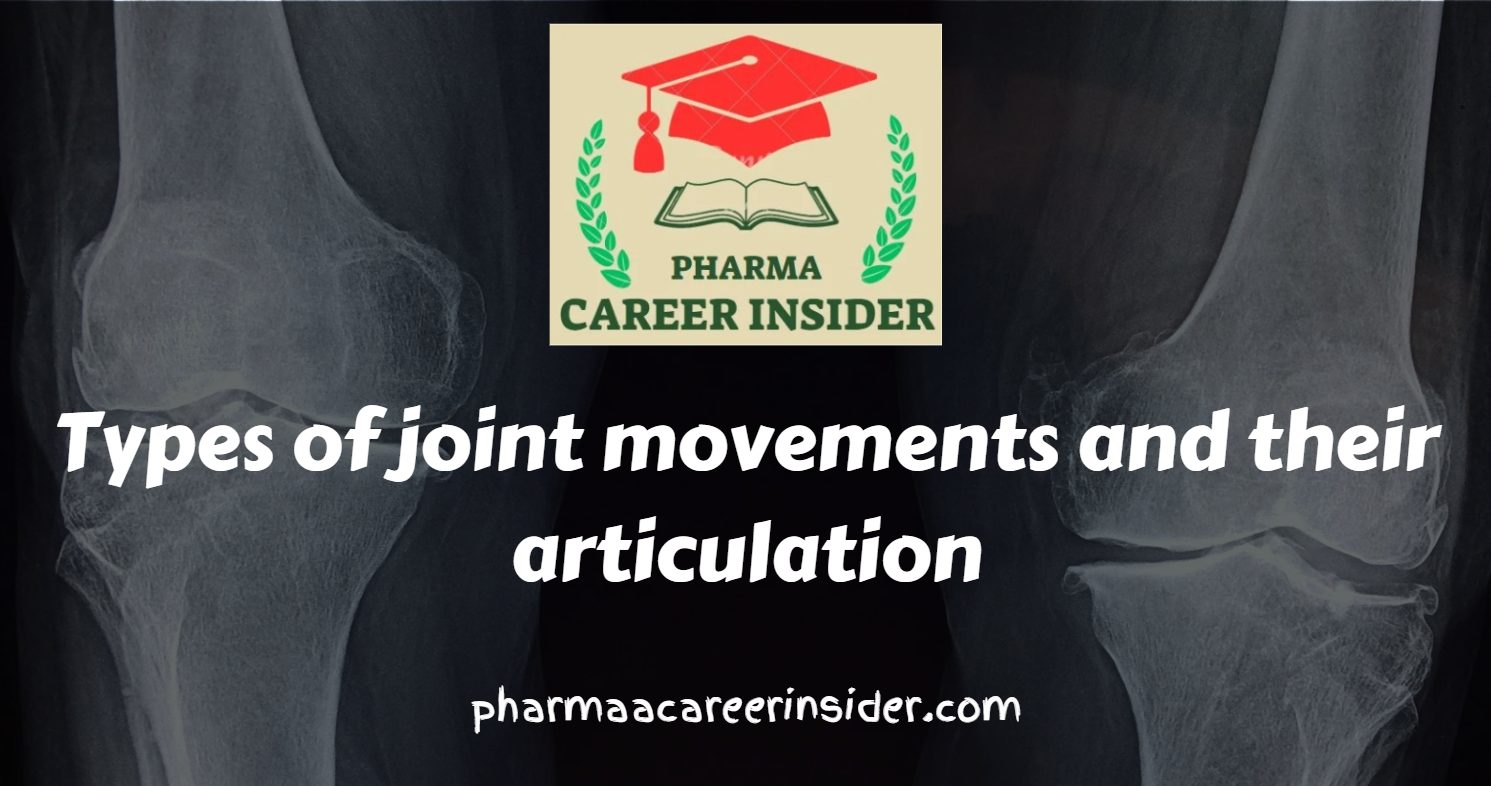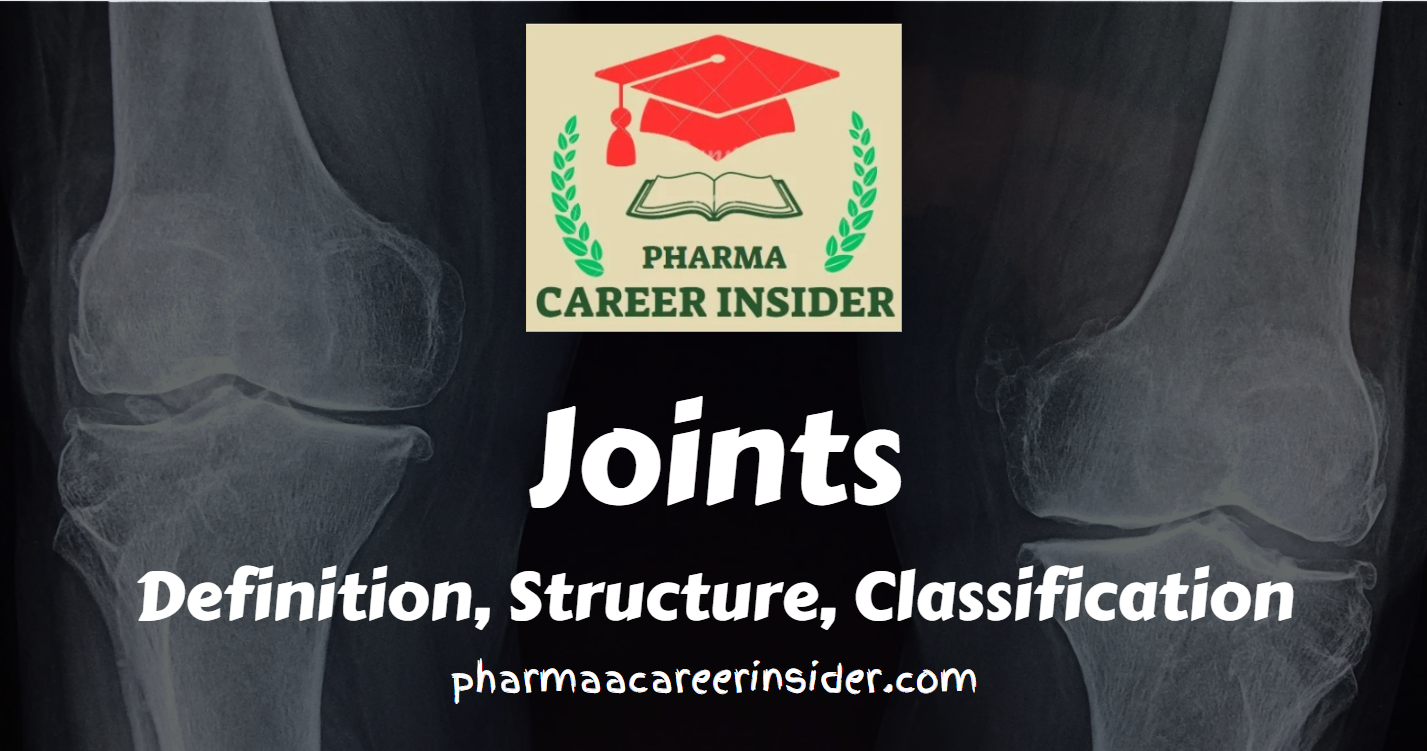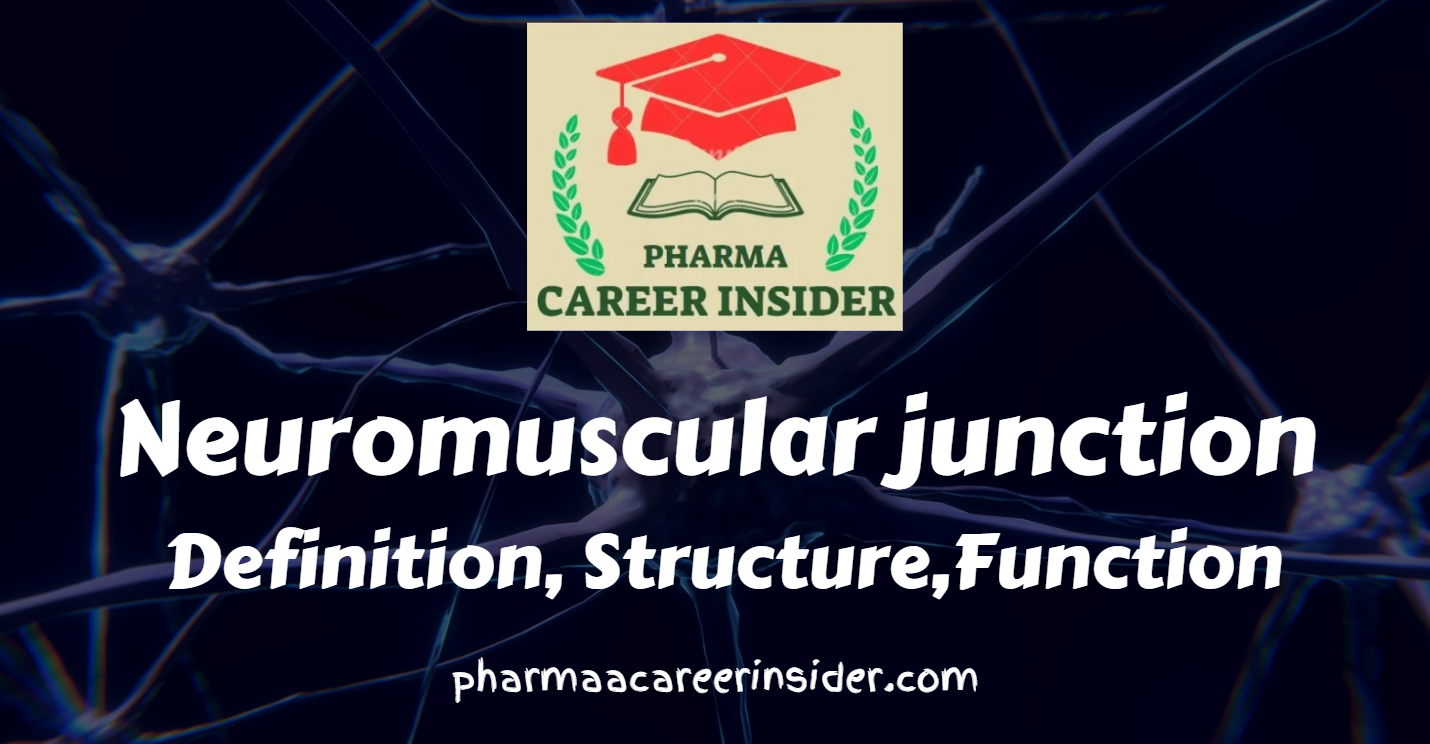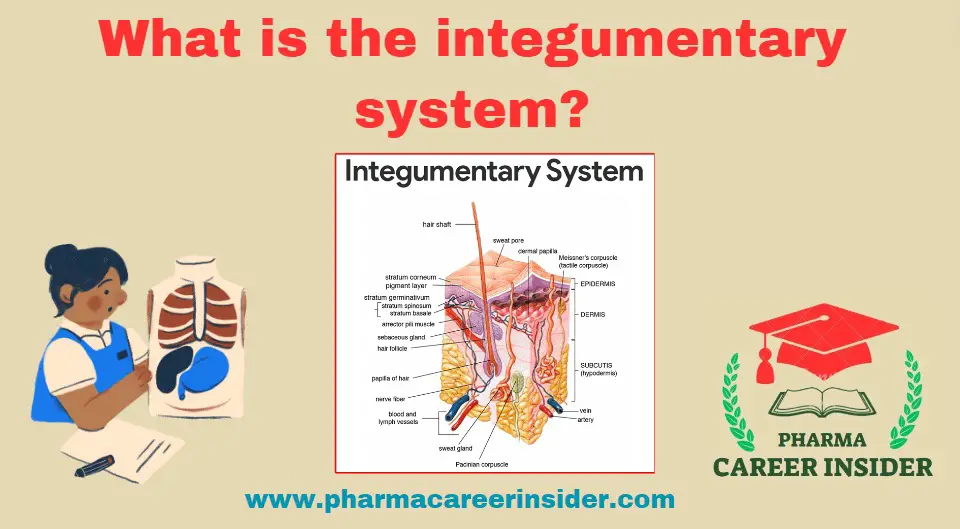CHEMICAL REACTIONS OF PHENOL
(A). Reactions of -OH group: 1. Formation of Salts: Phenol is acidic. It reacts with sodium hydroxide or sodium metal to form salts. 2. Reaction with FeCl3: Phenol, when exposed to a neutral FeCl3 solution, produces a soluble violet-coloured complex in water. 3. Formation of Esters: Phenol reacts with acid chlorides in an aqueous alkali … Read more










